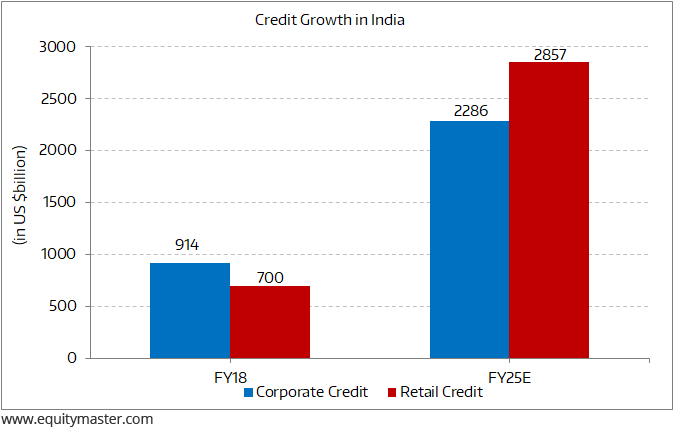Indian Indices Trade Rangebound; Yes Bank Tanks 5%
Share markets in India are presently trading on a volatile note. The BSE Sensex is trading up by 33 points while the NSE Nifty is trading up by 12 points.
The BSE Mid Cap index is trading down by 0.2%, while the BSE Small Cap index is trading up by 0.3%.
Sectoral indices are trading mixed with stocks in the telecom sector and healthcare sector witnessing selling pressure, while consumer durable stocks and automobile stocks are witnessing buying interest.
The rupee is currently trading at 70.94 against the US$.
The domestic currency opened 18 paise higher at 70.96, its one-month high, amid positive global cues. The rupee on Thursday climbed 52 paise to end at 71.14 as signs of easing trade tensions between the US and China buoyed global markets.
In the previous six trading sessions, the Indian currency has appreciated by 125 paise.
Speaking of currencies, Vijay Bhambwani, editor of Weekly Cash Alerts, tells you the main reasons why not to trade commodities and currencies the same way you would trade equities. Here's an excerpt of what he wrote...
- Currencies are traded in pairs and the most liquid is the USDINR. Currencies are traded in four decimal points just as bonds are. The international derivative trader's association has indicated that forex may be traded in 6 decimals in the coming few years.
It takes months sometimes for the currency pair to pass the next round figure, say from 70 to 71.
Can you really trade commodities and currencies alike or for that matter, equities and currencies alike? Definitely not!
To know more, you can read Vijay's entire article here: Is Trading in Equities, Commodities, and Currencies the Same?
In news from the banking sector, latest RBI data showed that the credit and deposits growth slowed to 10.2% and 9.7% to Rs 96.8 trillion and Rs 127.8 trillion respectively, in the fortnight to August 30.
In the year-ago fortnight, advances were at Rs 87.8 trillion while deposits stood at Rs 116.5 trillion.
In the previous fortnight to August 16, advances grew 11.6% to Rs 96.82 trillion and deposits by 10.2% to Rs 126.8 trillion.
In July, the non-food bank credit rose 11.4% on a year-on-year basis from 10.6% in July 2018.
Credit to agriculture & allied activities rose 6.8% compared with an increase of 6.6% in the same month last year.
Loans to industry rose 6.1% in July from 0.3% a year ago. Meanwhile, personal loans rose 17% in July compared to an increase of 16.7% in July 2018.
Speaking of credit growth, co-head of Research at Equitymaster, Tanushree Banerjee believes retail and corporate credit are expected to grow by multi-fold over the next few years.
Rising Credit Growth in India

Here's what she wrote about it in one of the editions of The 5 Minute WrapUp...
- One theme I strongly believe will play out over the next decade is the credit growth in India.
The growth I foresee will be due to two reasons. Expanding GDP and credit penetration.
Recent reforms like Jan Dhan, Mudra Yojna have helped Small and Medium Enterprises (SME's) and self-employed professionals to gain access to loans.
Credit penetration is also expected to increase in this segment from current levels.
Over the past few years, a lot of banks and NBFCs have started lending to this segment.
So look out for strong well-established financial services players which will benefit the most from this trend.
Moving on to news from the automobile sector, Tata Motors has introduced Pentacare Warranty, an extended 5-year warranty package for customers of its flagship SUV- the Tata Harrier.
As compared to the initial 2-year warranty package, this product extends the timeline of the warranty package on the Harrier up to 5 years for unlimited kilometers mileage to provide complete peace of mind. This product is available for purchase at a special price of Rs 25,960 within 90 days of the purchase of the SUV.
The announcement of this exciting package comes soon after the launch of the Dark Edition Harrier earlier this month.
To know more about the company, you can read Tata Motors' latest result analysis and Tata Motors' 2018-19 annual report analysis on our website.
Meanwhile, Mahindra & Mahindra (M&M) has introduced an innovative subscription-based initiative in partnership with Revv, for retail customers.
This ownership experience for customers of Mahindra's personal range of vehicles is an all new way of using a brand-new vehicle, without actually having to buy or own one.
The offer begins at a subscription price starting from Rs 19,720 per month, inclusive of insurance and routine maintenance charges.
Tata Motors share price and M&M share price are presently trading up by 0.6% and 1.6%, respectively.
To know what's moving the Indian stock markets today, check out the most recent



